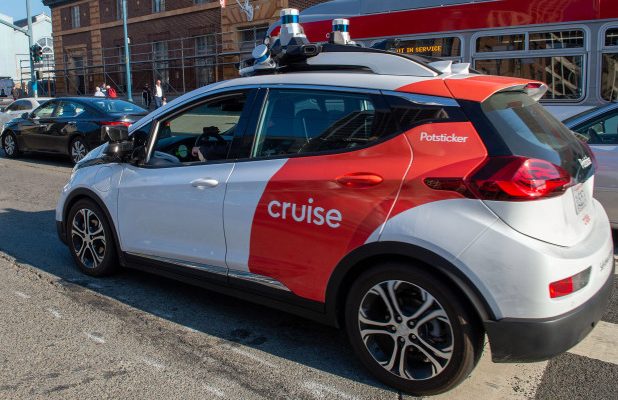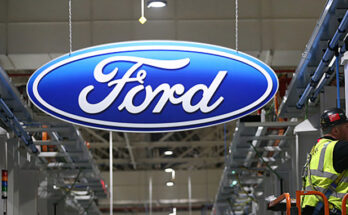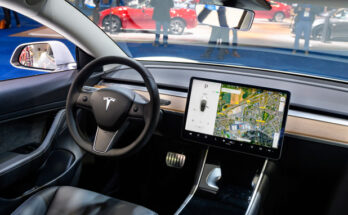By Elisa
GM’s Cruise self-driving car unit on Thursday revealed Justice Department and Securities and Exchange Commission probes stemming from an October accident in which one of its robotaxis dragged a pedestrian who had been struck by another car.
Cruise reported the government investigations in a blog post in which the company also vowed to reform its culture stemming from a “failure of leadership” around the incident.
The blog post did not disclose the status of the victim who was dragged 20 feet by its vehicle, nor the scope of the Justice Department and SEC probes.
Cruise said a 195-page report it commissioned from law firm Quinn Emanuel found that the evidence did not establish Cruise leadership or employees “sought to intentionally mislead or hide from regulators the details” of the Oct. 2 incident. The safety review concerned events around the accident and did not broadly examine corporate culture or protocols.
Among the findings were that Cruise’s then CEO Kyle Vogt and Chief Operating Officer Gil West “inexplicably” disbanded the response team less than 24 hours after the accident and the company failed to gather “key information” from witnesses at the accident scene, according to the report.
A separate technical review by engineering firm Exponent found the Cruise vehicle suffered from mapping errors and incorrectly identified hitting the woman as a side impact collision, the blog post stated. Cruise has updated its software. The National Highway Traffic Safety Administration is also investigating the crash.
Cruise’s four-page blog post cited “inadequate and uncoordinated internal processes, mistakes in judgment, an ‘us versus them’ mentality with government officials, and a fundamental misunderstanding of regulatory requirements and expectations.” More than 100 people knew details of the incident prior to Cruise’s meetings with regulators, the report found.
Cruise leaders “focused on rebutting erroneous media stories” rather than giving “material facts to regulators,” according to the report. They said they were “drowning” in an “increasing barrage of negative press.”
Cruise employees also tried to convince NHTSA not to open a probe in October, the report said, adding that initial reports to the federal safety agency failed to disclose the detail about the pedestrian being dragged.
The report underscored the horror of the car dragging the victim by saying that when Cruise employees attempted to play a video for the California DMV, some people responded with alarm.
“Several interviewees recalled that some of the DMV representatives were not watching the entirety of the video, some due to ‘shock’ and having their head in their hands as a result of seeing the pedestrian injured,” the report said.
Since the accident, Cruise has fired nine executives, its CEO and a co-founder both resigned, and it cut a quarter of its staff. California suspended the company’s permission to operate autonomous vehicles in the state.
Former CEO Vogt, wanted to reveal only a four-second clip of the accident video that he edited himself, the report said.
In December, California regulators said Cruise could face $1.5 million in fines and additional sanctions for not fully disclosing details of the accident, in which a woman was initially struck by a human-driven auto before being dragged by the Cruise vehicle, prompting them to suspend the company’s permit to operate in the state.
In the blog post summarizing a more than 100-page report, Cruise characterized its response to the accident as mistakes made by a relatively new company inexperienced in dealing with regulators, the media and public.
The company initially provided regulators with video of the accident but no verbal context such as mentioning that a woman was dragged 20 feet. Instead it let the video “speak for itself,” according to the blog post. In three meetings, internet troubles prevented regulators from fully viewing the video and the report indicates company officials did not seek to fix the issue.
The law firm said in the report that the video did not speak for itself, “contrary to Cruise’s assumptions.” It added that even if it had, “Cruise should have affirmatively pointed out and explained to NHTSA exactly what had transpired.”
Quinn Emanuel interviewed 88 people and reviewed 200,000 documents, according to the blog post.
Cruise once operated hundreds of unmanned robotaxis in California, Texas and other locations, hoping to generate meaningful revenue while perfecting the technology for a broader rollout.
Trying to correct what it saw as inaccurate media portrayals of the October accident, Cruise omitted information and provided “incomplete facts” and video to the press and public, according to the blog post. The post did not make clear how those actions fit with the broader assertion that there was no intent to mislead.
Cruise and GM came under heavy criticism after Cruise failed to promptly disclose details of the accident to the California Department of Motor Vehicles. The DMV revoked the company’s permit to operate driverless vehicles on public roads.
Cruise has said it plans a return to testing on public streets, but not has not revealed where or when. In June, GM CEO Mary Barra reiterated a forecast that Cruise could generate $50 billion a year in annual revenue by 2030.
Executives will appear before California Public Utilities Commission on Feb. 6 to answer questions and help the agency determine an appropriate fine. Cruise had offered $75,000 as a settlement, but the commission is seeking a stiffer penalty.
NHTSA, the CPUC, the California DMV and other regulators were not immediately available for comment on the report.



